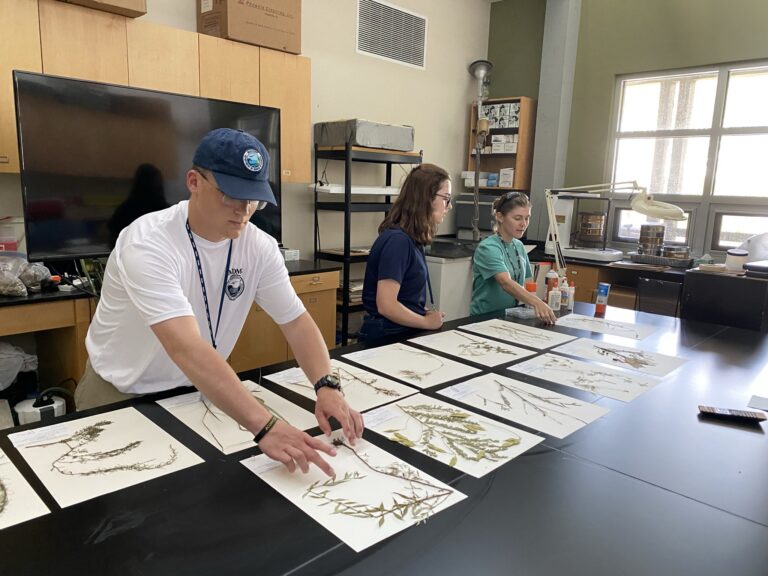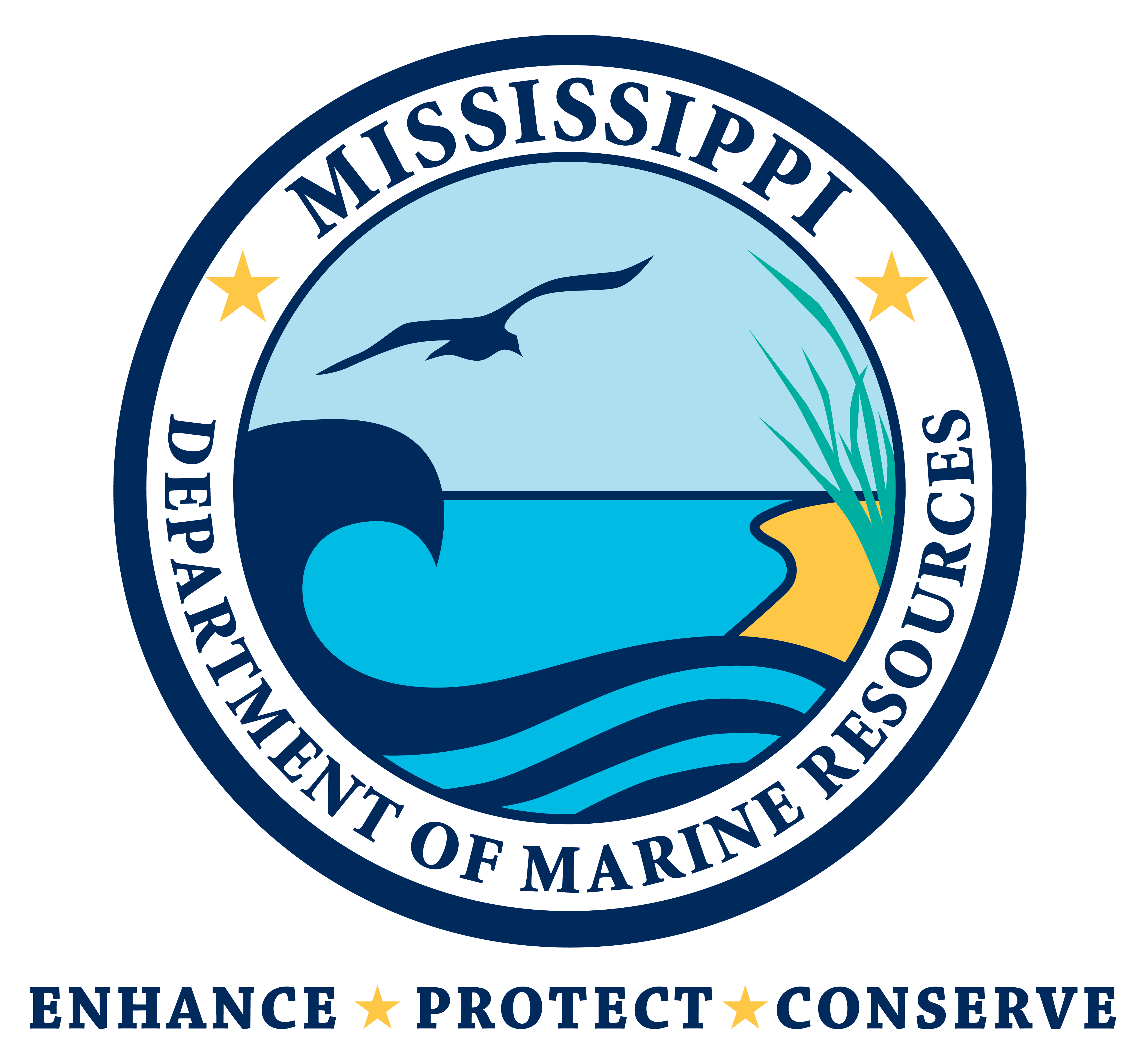Herbarium

Herbariums are a collection of pressed and preserved plant specimens and serve a multitude of functions for the scientific community. The collection allows for the accurate identification of plants, information on their distribution and ecology, as well as serving as a useful tool for future research and studies.
In addition, herbariums serve as a valuable tool in creating permanent records of plant diversity that can later be used as a reference for measuring habitat changes over time. Our herbarium was generated through the collection of plants from sites around the reserve, many of which correspond to observations made through the popular citizen science-based app, iNaturalist.
Our herbarium currently consists of almost 900 mounted specimens encompassing 586 species and 126 families of vascular and non-vascular plants. These specimens have been carefully collected from around the reserve by volunteers and staff, being careful to retrieve every important identifying part of the plant including flowers, branches, leaves, seeds, fruits and sometimes roots.
As the specimens are collected, the coordinates at which they were found, and date collected are recorded. Next the plants are posed in a way that displays the previously mentioned features and pressed between pieces of newspaper and cardboard to dry, flatten out and preserve the plants. After several days of remaining in the press the plants are then ready to be fumigated for any hitchhiking insects. This step is completed by placing the pressed plants into a freezer for several days. Once removed from the freezer, the plants are ready to be labeled and mounted. The often-tedious mounting process is carried out using acid-free paper and glue, as well as a steady hand and ounce of patience.
For now, our herbarium resides in a 7-foot-tall specimen storage cabinet where it is organized alphabetically by taxonomic family and species. Our hope is for the herbarium to continue to grow in a direction that encompasses the high level of species diversity found in a healthy, ecologically intact pine savanna habitat.
We have digitally expanded our herbarium’s presence with the creation and upload of specimen images to the database on The Southeast Regional Network of Expertise and Collections (SERNEC). This page, along with tagged (GBNERRHerbarium) iNaturalist observations prior to collection, allows improved accessibility of our specimen records by other interested researchers and scientists. The process of digitizing involves the usage of barcode stickers that uniquely identify each specimen and will allow for the matching of data entries to the appropriate imagery.
Meet the Staff
She oversees the Grand Bay NERR's herbarium.

